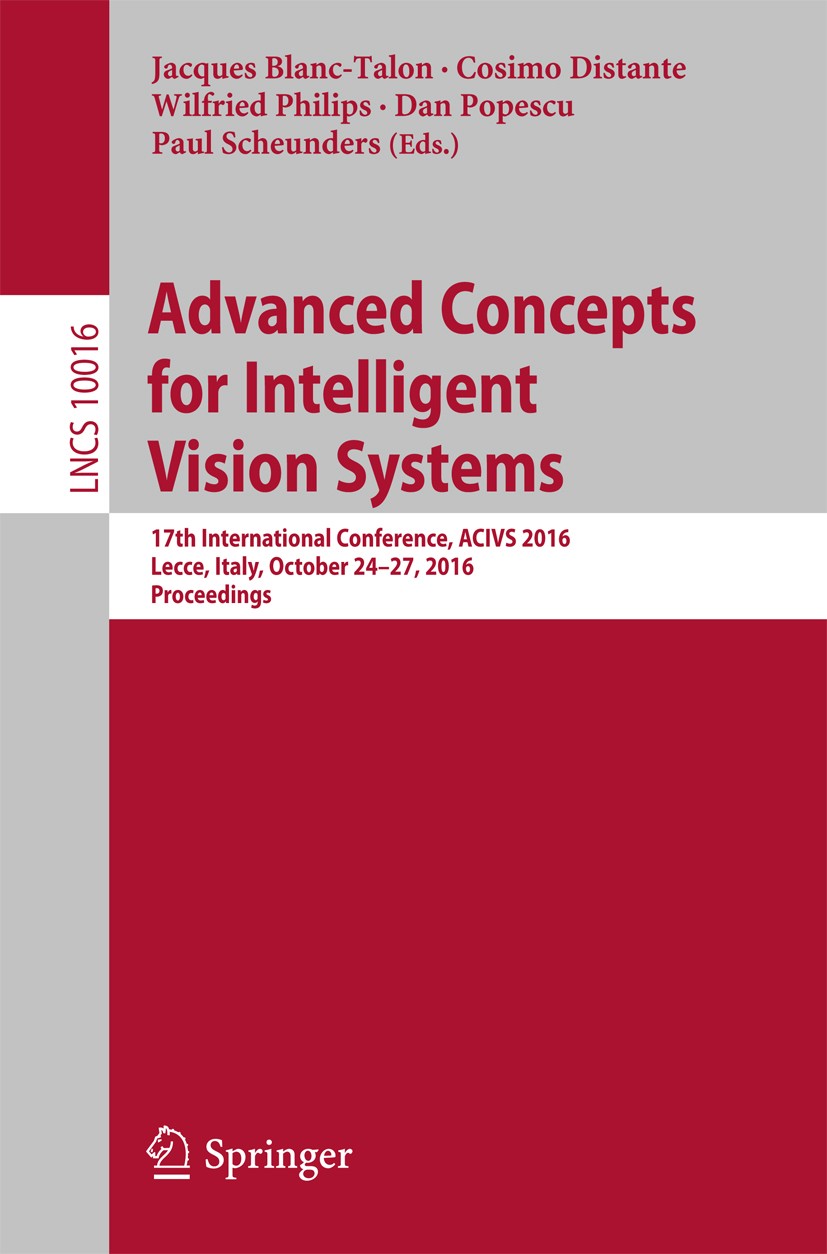| 期刊全称 | Advanced Concepts for Intelligent Vision Systems | | 期刊简称 | 17th International C | | 影响因子2023 | Jacques Blanc-Talon,Cosimo Distante,Paul Scheunder | | 视频video | http://file.papertrans.cn/146/145425/145425.mp4 | | 发行地址 | Includes supplementary material: | | 学科分类 | Lecture Notes in Computer Science | | 图书封面 |  | | 影响因子 | This book constitutes the refereed proceedings of the 17th International Conference on Advanced Concepts for Intelligent Vision Systems, ACIVS 2016, held in Lecce, Italy, in October 2016..The 64 revised full papers presented in this volume were carefully selected from 137 submissions. They deal with classical low-level image processing techniques; image and video compression; 3D; security and forensics; and evaluation methodologies. | | Pindex | Conference proceedings 2016 |
The information of publication is updating

|
|
 |Archiver|手机版|小黑屋|
派博传思国际
( 京公网安备110108008328)
GMT+8, 2025-11-15 16:48
|Archiver|手机版|小黑屋|
派博传思国际
( 京公网安备110108008328)
GMT+8, 2025-11-15 16:48


